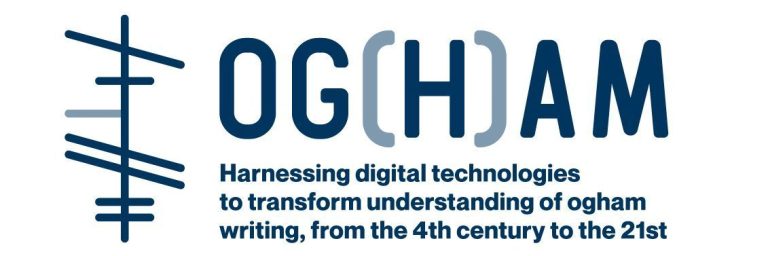SCRÍBHINN: Scribal Culture in Medieval Irish Schools of Law and Medicine
Principal Investigator: Dr Chantal Kobel The central aim of SCRÍBHINN is to advance our understanding of the nature and scope of scribal culture and knowledge exchange intersecting medieval Irish schools of law and medicine, ca. 1350–1650. The vernacular Irish legal and medical manuscripts and their contents at the heart of this project will shed new…

